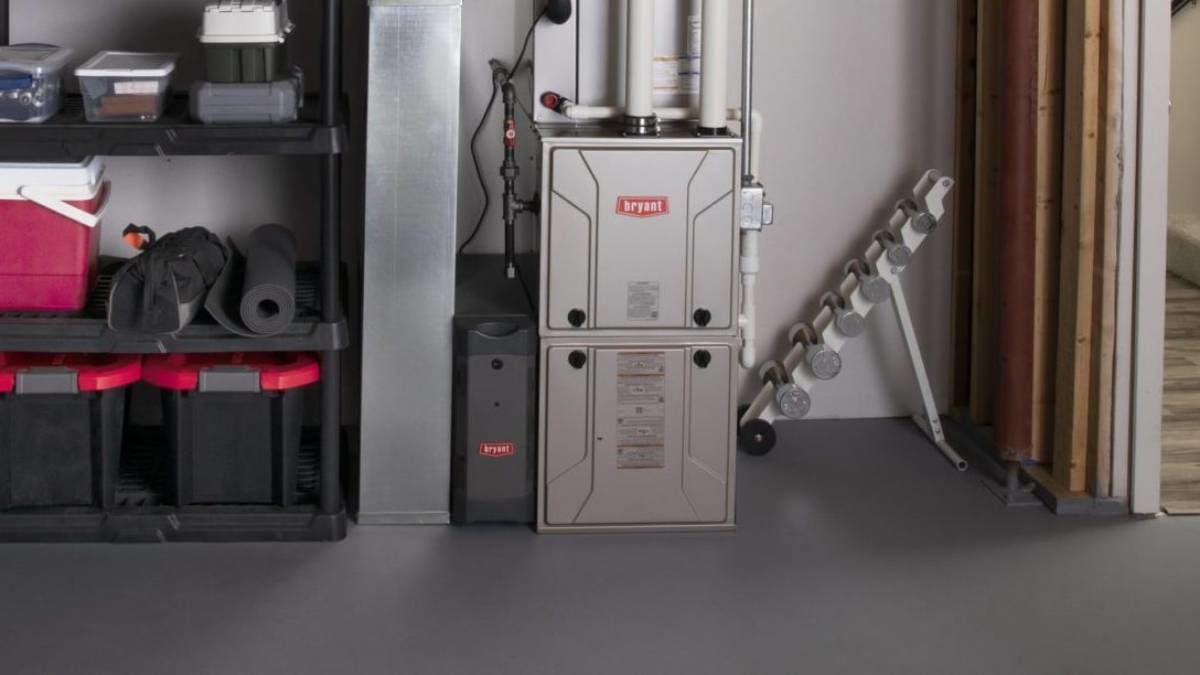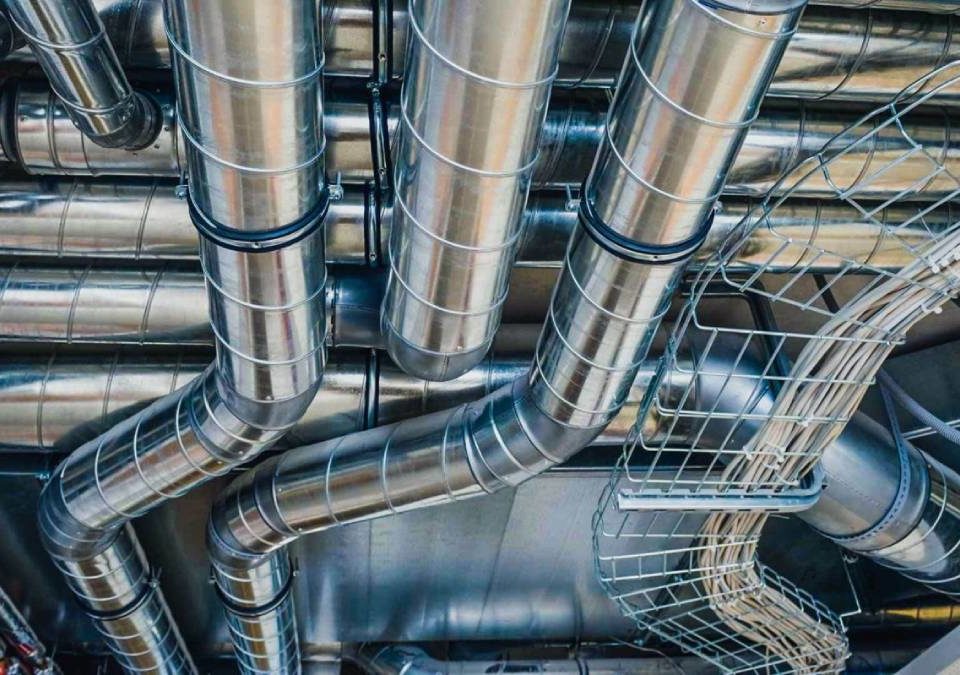Heating / Furnaces Repair

Heating / Furnaces Installation



Heating / Furnaces Maintenance
let's take a look at the more common problems and furnace repairs you may have to make with a conventional furnace.
1. Gas Furnace Produces No Heat or Not Enough Heat
Come fall and winter, it is imperative that your furnace is working properly and producing enough heat to warm your home. If your furnace stops producing heat or is blowing cool air, there are a number of possible culprits, starting with your thermostat. PHD Heating & Cooling help you fix this problem before you freeze.
Call us today at (312) 409-33-26 or contact us online to schedule a visit with one of our specialist.
2. Gas Furnace Powers on and off Too Frequently
Cut down on energy costs and prevent damage to your furnace by addressing a gas furnace that's overactive or short cycling. Besides the need for consistently comfortable temperatures, this issue could cause long-term safety issues to your home, making it very important to address. From a faulty thermostat to a dirty filter, there are several possible causes to investigate.
3. Gas Furnace Blower Does Not Turn Off
Possible Causes:
• Thermostat set to fan continuously
• Faulty fan limit control switch on furnace
4. Gas Furnace Has Noisy Operation
Don't let a noisy furnace in your home drive you crazy. From a low-pitched humming to a high-pitched squealing to a loud banging, different sounds mean different problems. PHD Heating & Cooling help you fix the problem.
5. Furnace Pilot Is Out/Relighting a Standing Pilot
A pilot light can go out due to a strong draft, dirty orifice, or dirt in the gas tube. Luckily, relighting your pilot light is fairly simple. The thermocouple may also be faulty and shutting off the gas supply. If this is the case, the problem is a bit more involved and may require you to replace your thermocouple. PHD Heating & Cooling help you fix the problem.
6. Electronic Ignition Furnace Problems
Newer furnaces do not rely on a standing pilot to ignite the gas burners. Electronic ignition occurs typically in one of two ways: intermittent pilot or hot surface ignition.The intermittent pilot system uses an electronically controlled high voltage electrical spark to ignite the gas pilot and, subsequently, the main burners when the thermostat calls for heat.The hot surface ignition system uses an electronically controlled resistance heating element, not unlike a light bulb filament, to ignite the gas burner. PHD Heating & Cooling help you fix the problem.
7. Mismatching the Furnace and Thermostat
Furnaces and thermostats are not mix-and-match appliances. Using the wrong type of thermostat with a furnace will cause operating problems and can be dangerous. Although thermostats look similar, they are designed very differently. There are numerous types of heating systems and thermostat systems and they need to be coordinated for safe and proper operation. There are three types of thermostat systems used today: millivoltage, low voltage, and line voltage.
Call us today at (312) 409-33-26 or contact us online to schedule a visit with one of our specialist.
Related posts
CONTACT US
Call PHD Heating & Cooling today at (312) 409-3326 or send us email to schedule for a quote on your new home comfort system.



